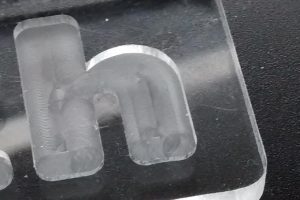Look no further than headphone amplifier boards based on TI’s TPA6120A2, which are available all over the internet.
I can take no credit for this discovery – it was pointed out in 2015 by tszaboo on this EEVblog community forum.
In the IC, you get two independent current feedback amplifiers that will run from between ±5 and ±15V, and drive 16Ω – easily good enough to drive a loaded 50Ω cable.
You don’t get coaxial connectors on headphone modules, so that is up to you.
Also easily available AD8009 boards are faster, at 5,500V/µs and 545ps rise time, but these only work up to ±5V (output swing ±3.7V into 10Ω).
Caveat emptor – it is not unknown for low-cost modules to have fake ICs.
 Electronics Weekly Electronics Design & Components Tech News
Electronics Weekly Electronics Design & Components Tech News





I don’t think I ever expected to see a current feedback op-amp for audio purposes! They were new back in the late 80’s or early 90’s, and I used one to modulate a laser. I think I was driving the laser with a 8MHz digital waveform and needed sharp edges. My recollection was that the op-amp ran quite warm and needed a heatsink. This was an Analog Devices part and rather pricey. The need for a fairly low resistance feedback resistor, plus the concern about layout and oscillations seems familiar too. Very curious. 🙂
Good Morning Mr Kurt
I was impressed with what a bargain that IC is – great as a signal generator output stage – two output stages even.
Nice to hear from someone who has used one – I need to find an excuse (and the time!) – sounds like a proper ground place pcb would be useful.